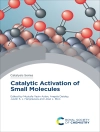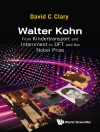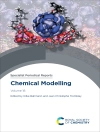Borne out of the current widespread interest in the pollution of water bodies, this book explores the latest research concerning the photochemical fate of organic pollutants in surface water. Considering both the functioning of ecosystems and the behaviour of emerging pollutants in those ecosystems, it is dedicated to techniques that can be used in the field and in the laboratory for the detection of pollutants and of their transformation intermediates. The inclusion of photochemical processes that have not gained previous coverage will afford the reader novel insights, whilst the focus on modelling and transformation intermediates will ensure the title’s relevance to academics, the chemical manufacturing industries and environmental assessment experts alike.
Inhoudsopgave
Introduction;
Lake ecology and chemistry;
Characteristics of the underwater light field;
Direct photolysis processes;
Photochemical reactivity of organic matter and its size fractions;
Excitation-emission matrices of fluorescence – EEMF – for the characterisation of organic matter of surface waters;
Phototransformation induced by OH radicals;
The role of singlet oxygen in surface water photochemistry;
Phototransformations of organic compounds induced by iron species;
Photochemical reaction kinetics in surface waters;
Use of chemometrics as a tool to assess photoreaction photodegradation;
New analytical approaches for the detection of micropollutants in natural waters: Identification of 3, 5-dichloro-4-hydroxybenzene sulfonic acid as an unknown persistent pollutant;
Photochemical fate of micropollutants in aqueous systems through field studies and laboratory simulation;
Photocatalytic degradation of irgarol in water by photo-fenton reactions












